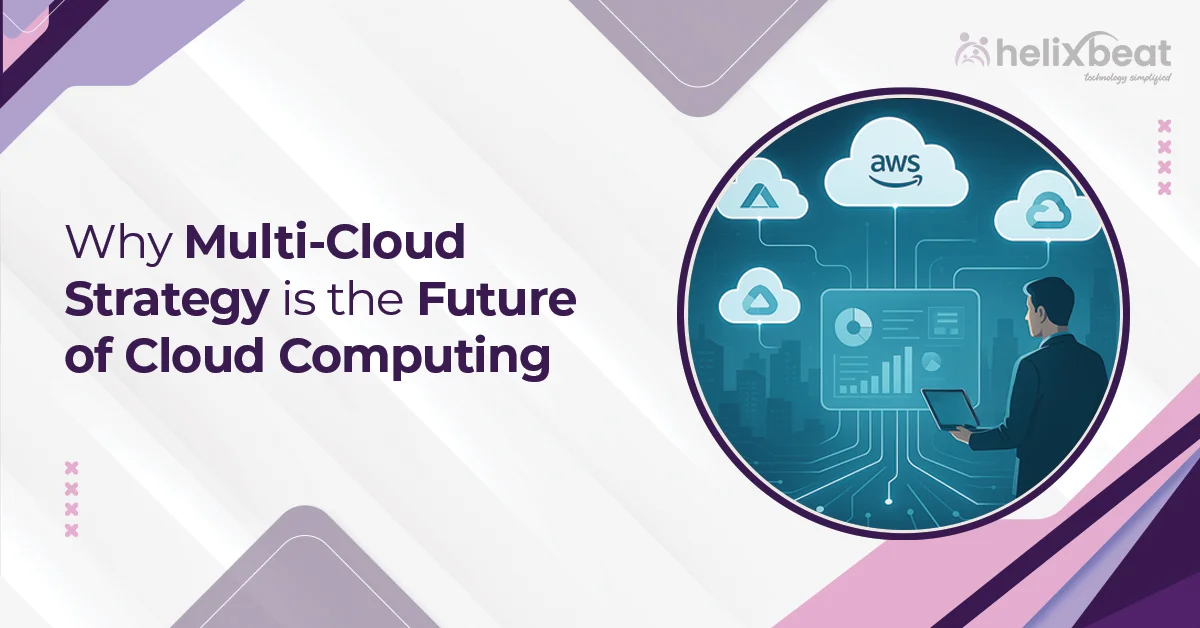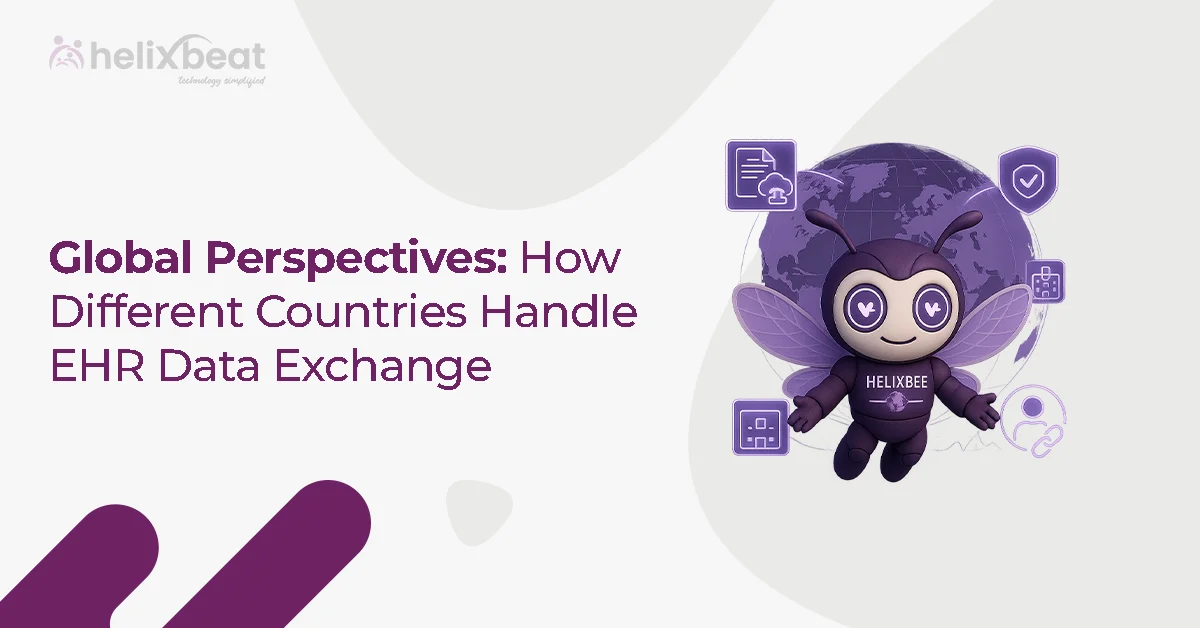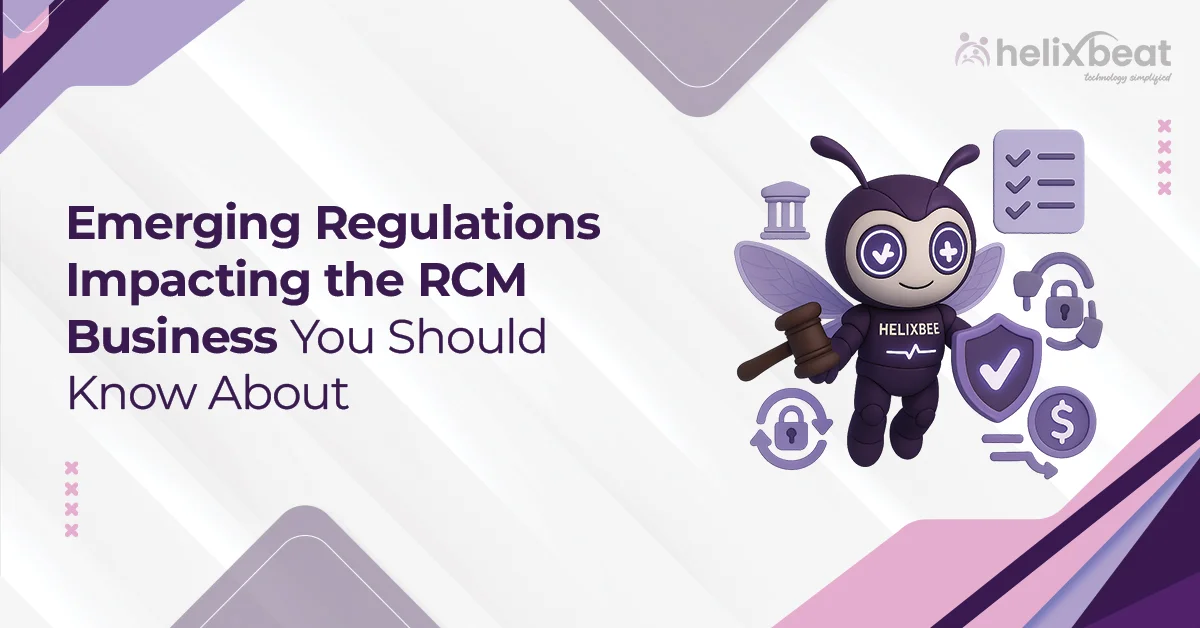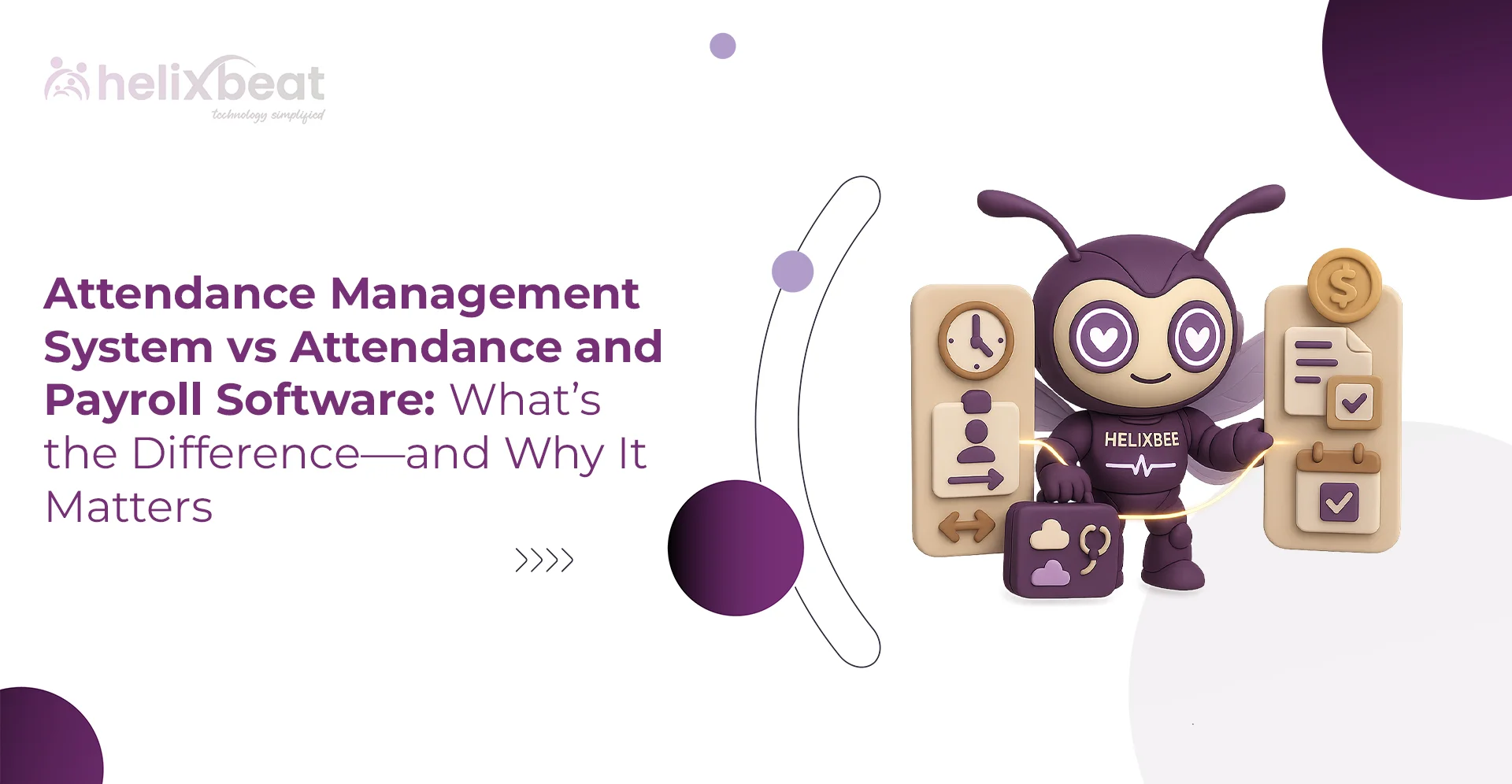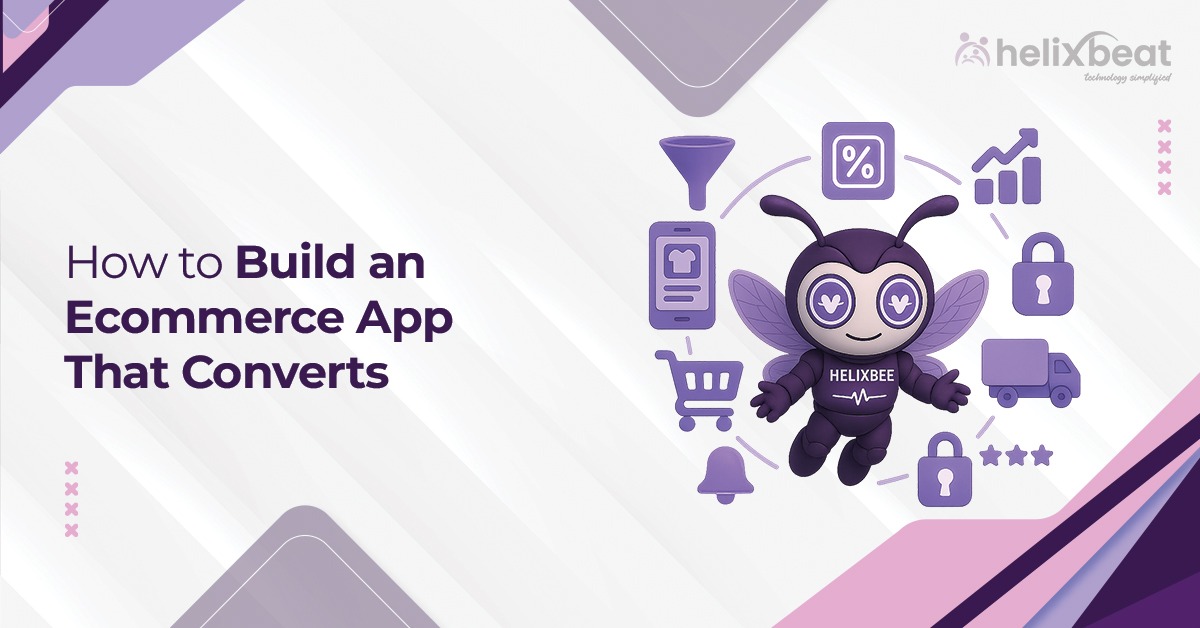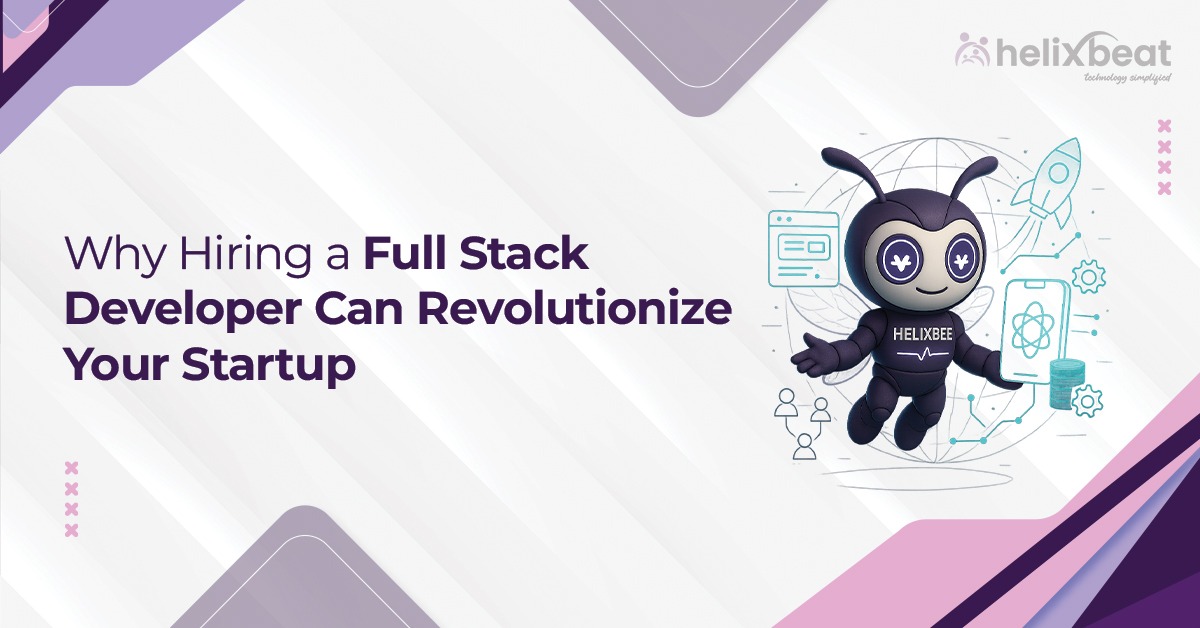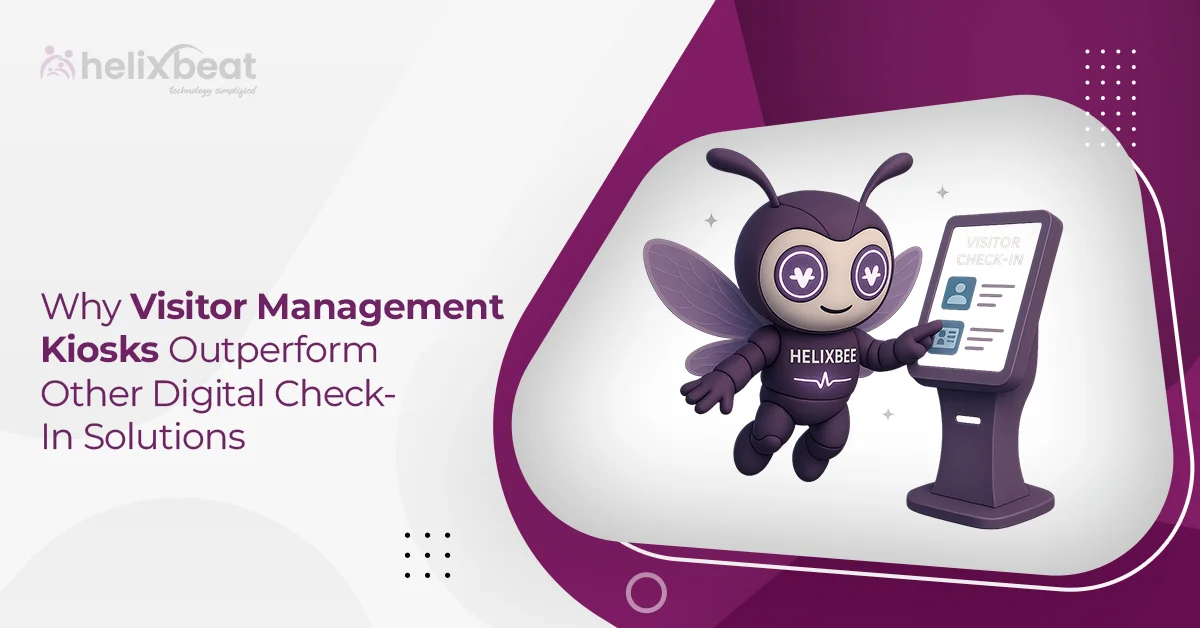What if your entire digital backbone rested on a single thread? That’s the precarious position many businesses find themselves in with a single cloud provider. Therefore, businesses are increasingly adopting a multi-cloud strategy, tapping into several cloud services to optimise their operations.
Take Netflix, for example. The company employs a multi-cloud strategy to avoid vendor lock-in and enhance uptime, scalability, and performance. This strategy opens the door to flexibility, cost savings, and enhanced risk management. But why is multi-cloud the future of cloud computing? Let’s explore why more organizations are making the shift.

Table of Contents
What is Multi-Cloud?
In a multi-cloud environment, an organization uses multiple cloud services from different providers, rather than relying on a single vendor.
For example, a company might use Amazon Web Services (AWS) for its compute capabilities, Google Cloud Platform (GCP) for machine learning and analytics, and Microsoft Azure for its enterprise software solutions. By mixing and matching, organizations can create a tailored environment that meets their performance, security, and compliance requirements.
1. Greater Flexibility
As mentioned earlier, businesses have much more control over their IT environments when they choose the best cloud provider for each use case. This flexibility also extends to avoiding vendor lock-in. By diversifying their cloud investments, businesses avoid becoming overly dependent on a single provider, which can be risky if that provider experiences downtime or pricing changes.
2. Improved Risk Management and Redundancy
A big concern for businesses using a single cloud provider is the risk of downtime. Whether it’s due to technical issues, outages, or cyberattacks, relying on one provider means that if something goes wrong, it can halt your operations entirely. A multi-cloud strategy significantly reduces this risk. By distributing workloads across multiple providers, businesses can continue operations even during an outage.
This redundancy also extends to data backups and disaster recovery. By enabling businesses to back up critical data across multiple locations, multi-cloud environments increase the chances of data accessibility in a disaster.
3. Cost Efficiency and Optimized Pricing
When organizations use a single cloud provider, they often pay for services that don’t precisely fit their requirements. With a multi-cloud strategy, businesses can optimize their spending by choosing the best-priced solutions for each workload.
Each cloud provider has its own pricing model, and costs can vary depending on the resources required. With a multi-cloud strategy, businesses can compare prices across different providers and allocate workloads to the most cost-effective cloud services. This price optimization can help organizations save significantly on infrastructure costs.
Also, multi-cloud offers the possibility of leveraging “cloud arbitrage,” where organizations can take advantage of price fluctuations between cloud providers. By monitoring pricing trends, businesses can move workloads to the most affordable option at any given time and maximize their cloud investment.
4. Enhanced Performance and Latency Optimization
In a multi-cloud environment, businesses can optimize performance by selecting the best cloud services based on their specific needs. Some clouds may be better suited to high-performance computing tasks, while others may provide better support for data-intensive applications.
Additionally, businesses can choose cloud providers that are geographically closer to their user base or data centers, which can help reduce latency. This geographic flexibility allows businesses to deliver better performance for their users, especially in industries where low latency is crucial.
5. Better Compliance and Data Sovereignty
As businesses grow globally, they must adhere to regional regulations and compliance standards. This can be especially challenging for organizations that operate across multiple countries or continents. A multi-cloud strategy can help businesses comply with data sovereignty laws by leveraging the right cloud provider in the right region. This ensures that businesses comply with local laws while keeping their data secure.
6. Improved Security and Control
When it comes to securing sensitive data, businesses cannot afford to take chances. While cloud providers take extensive measures to safeguard data, no single provider can guarantee absolute security. In a multi-cloud environment, businesses can enhance their security posture by distributing their workloads across different providers, thus reducing the risk of a single point of failure.
Moreover, multi-cloud environments allow businesses to apply granular control over their security policies. For example, businesses can use specific cloud providers for certain types of data, such as financial information or personal data, and apply specialized security measures to those data sets. This level of control improves security without sacrificing performance.
7. Seamless Integration and Scalability
Businesses using a single cloud provider often encounter limitations in both scalability and integration. Each cloud platform has its own APIs, protocols, and integrations, which makes it difficult to scale or integrate with other platforms.
However, multi-cloud solutions make it easier to integrate multiple systems and scale services across different environments. Therefore, businesses can use the flexibility each cloud provider offers to scale up or down based on their needs. This scalability is important for businesses that experience fluctuating demands or are planning for rapid growth.
8. Future-Proofing Your Cloud Strategy
As cloud technologies continue to evolve, organisations must adopt strategies that allow them to remain agile and adaptable. A multi-cloud strategy is future-proof because it allows businesses to quickly pivot and leverage new cloud capabilities. Whether it’s adopting a new machine learning tool, integrating with a new cloud-based software solution, or scaling up services, a multi-cloud strategy positions organisations to take advantage of future developments.
Why Choose Helixbeat for Cloud Strategy Consulting?
With our holistic approach, you receive not only the right cloud solution but also the support needed to maximize its value long-term. With Helixbeat, you don’t have to juggle multiple vendors to get the best of cloud consulting, implementation, and management. We offer end-to-end cloud strategy services, from initial assessment and design to deployment and ongoing management.
- Tailored Cloud Strategy: We build cloud strategies that align with your business objectives and growth plans.
- Expert Cloud Consultants: Our team brings years of experience in cloud solutions, infrastructure, and security.
- Cost Optimization: We focus on delivering the most cost-effective solutions while maximizing performance.
- Security and Compliance: With Helixbeat, your cloud strategy will meet all necessary security and compliance standards.
- Future-Proof Solutions: We help you stay ahead of the competition by integrating the latest technologies into your cloud framework.
Ready to Transform Your Business?
Whether you’re just starting your cloud journey or looking to optimize an existing strategy, Helixbeat is your trusted partner. With our deep expertise, customized solutions, and commitment to your business’s success, we help you unlock the full potential of cloud technologies.
Contact us today to schedule a consultation, and let’s start building a cloud strategy that drives innovation, efficiency, and growth for your business!
FAQs
1. How does multi-cloud improve flexibility?
By adopting a multi-cloud strategy, businesses can choose the best cloud solutions for different workloads, avoiding vendor lock-in and gaining more control over their IT environments.
2. Can multi-cloud optimize performance and reduce latency?
Yes, by using multiple cloud providers, businesses can choose services that best meet their performance needs, including those that are geographically closer to users, reducing latency and enhancing user experience.
3. What are the security advantages of a multi-cloud environment?
In a multi-cloud setup, businesses can distribute workloads across different providers, which reduces the risk of a single point of failure. Additionally, businesses have greater control over their security policies, applying specialized measures for different data types.
4. Why should I choose Helixbeat for cloud strategy consulting?
Helixbeat offers tailored cloud strategies, expert consultants, cost optimization, and comprehensive management. With our help, businesses can build a future-proof cloud solution that aligns with their objectives and maximizes the value of cloud technologies.



